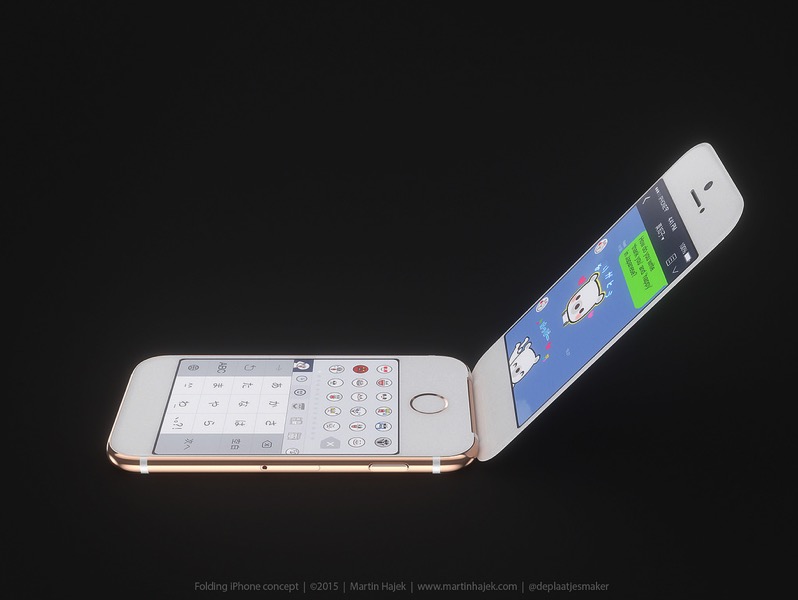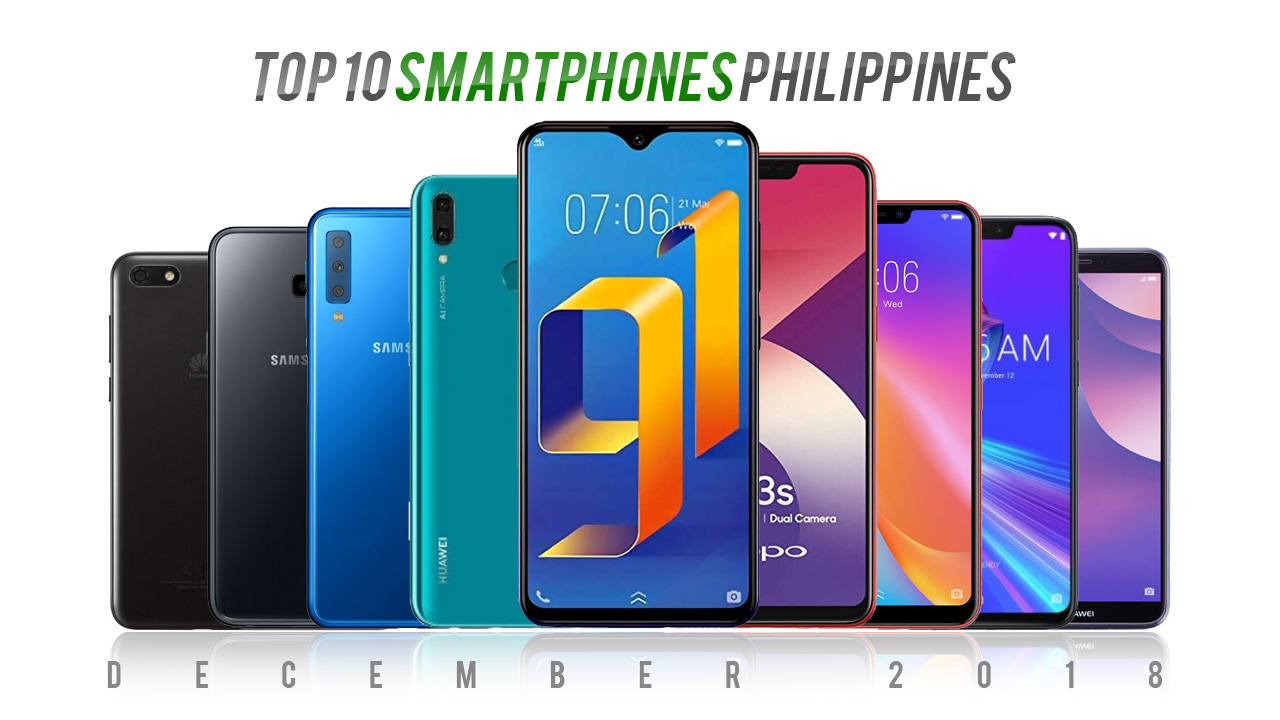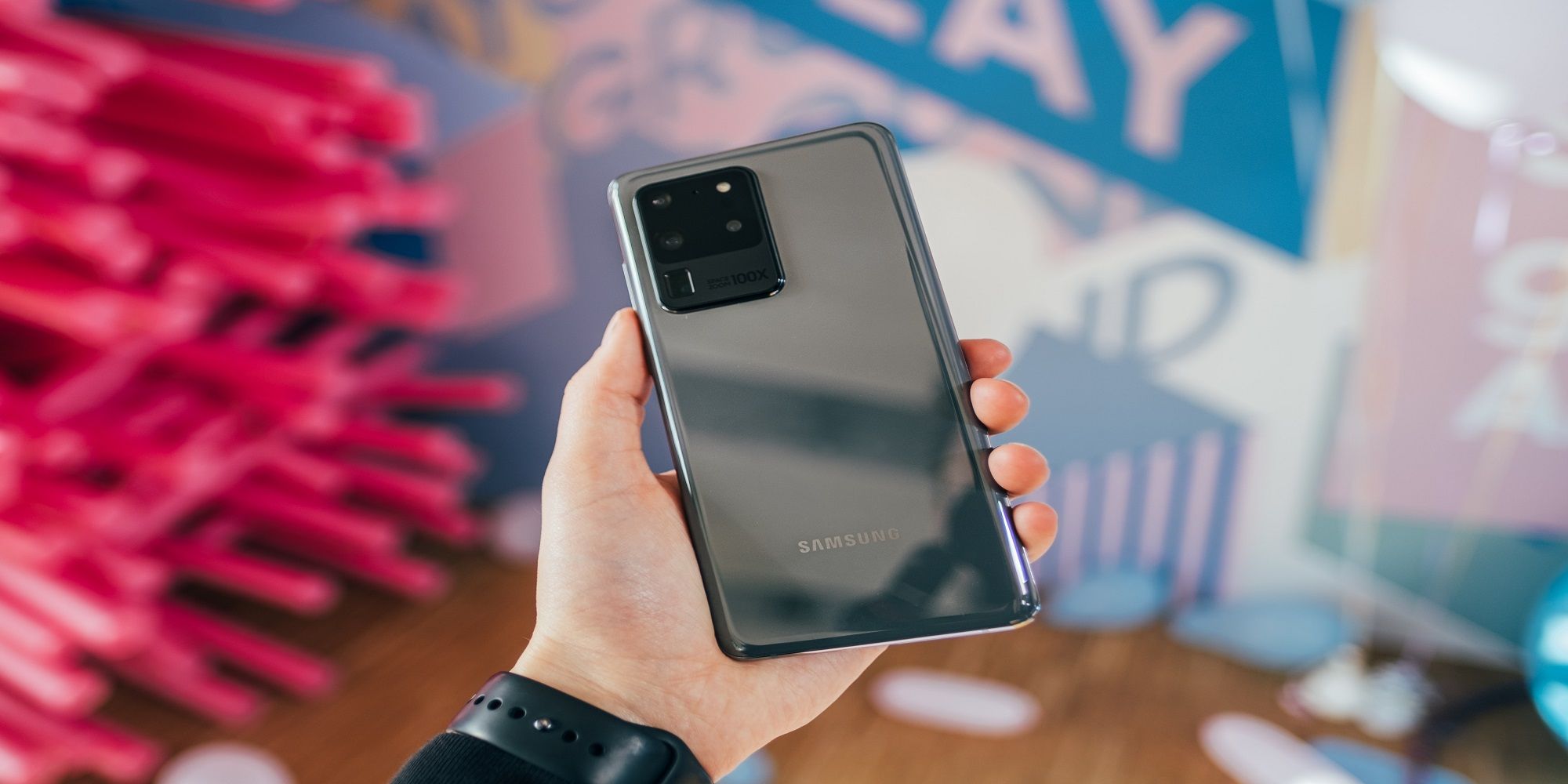This is because it brings with itself a 6.8-inch QHD+ AMOLED panel which features a 3200x1440 resolution and a pixel density of 551ppi. The panel also gets support for 120Hz refresh rate for improving the experience while playing games. The device comes with a single front camera and is HDR10+ certified.
The hardware on-board the Samsung Galaxy S21 Ultra is the Exynos 2100 chipset which has been paired with 12GB RAM and 256GB of storage. For cameras, the Galaxy S21 Ultra comes with a 108MP primary camera sensor with Phase Detection Auto Focus and optical image stabilisation . This is paired by a 12MP (F/2.2) ultra-wide-angle sensor with dual-pixel autofocus, and a 120-degree field of view. The phone is powered by a big 5,000mAh battery with support for 25W wired fast charging, 15W wireless charging and 4.5W reverse charging. The Vivo X60 Pro features a 6.56-inch Full HD+ resolution AMOLED display with a punch-hole notch cutout.
The display on the device is a 120Hz refresh rate panel and is certified for HDR10+ playback. Additionally, it is topped with Schott Xensation Up cover glass and has an in-display fingerprint reader. The Vivo X60 Pro brings a 48MP primary camera with an f/1.5 aperture, 13MP telephoto camera with 2X optical zoom and 13MP ultra-wide-angle camera with 120-degree field-of-view. The rear cameras can record in 4K UHD at upto 60FPS and there's a 32MP selfie camera on the front. The X60 Pro has a 4,200mAh battery and supports 33W fast charging out-of-the-box.
It has a modern, fast processor, despite the slightly cheaper price, double rear cameras with a respectable Zeiss label and a bright screen that's nice and sharp. But other than the highly capable sound recording solution, the Nokia 8 doesn't make the most of its hardware. The manufacturer, HMD, has pretty much left Google's operating system intact. This makes the mobile phone anonymous and far from as function-rich as we're used to when it comes to premium smartphones. We would like to have seen an individual interface overlaying Google's basic Android. Using this you can take pictures and record video with the selfie camera and the main camera at the same time.
The screen is divided into two halves, with each camera's field of view displayed. In marketing terms this is called a "bothie" instead of a "selfie". If you're taking a video, "bothie" material can be direct streamed to YouTube or Facebook. Unfortunately, the two main cameras - one colour and one black and white - can't be used to create or manipulate depth of field.
Instead, the system is intended to help create more detail in images in poor light conditions. The Nokia 8 also sometimes has problems with autofocus which can't choose the focal point quickly enough. In ideal conditions, the images are perfectly fine, but given how much emphasis the Nokia 8 places on its cameras, we'd have expected more.
Oppo has been one of the biggest names in the smartphone industry for years, and the company has managed to remain one on the basis of some really interesting phones it's launched over the years. Oppo Reno 6 Pro 5G features a 6.55-inch FHD+ AMOLED display with a 90Hz refresh rate. The smartphone is powered by the MediaTek Dimensity 1200 processor which is paired to 12GB of RAM and 256GB of internal storage.
Powering the device is a 4,500mAh battery with 65W fast charging support. As for the cameras, the Reno 6 Pro sports a triple camera setup with a 64-megapixel primary camera. The Xiaomi Mi 11 Ultra measures 8.4 millimetres in thickness and weighs 234 grams. It is also IP68 certified which makes it resistant to dust and water ingress for 1.5 metres for upto 30 minutes.
It has a slightly raised island camera module on the back that houses the triple cameras along with a bunch of sensors and a secondary mini display. The Mi 11 Ultra features a 6.81-inch QHD+ resolution AMOLED 3D curved display. The display supports upto a 120Hz refresh rate and has a punch-hole notch cutout for the selfie camera.
It is capable of producing upto 1 Billion colours and is HDR10+ certified along with Dolby Vision support. This is paired with Adreno 660 GPU that is responsible for handling the graphics duties on the phone along with 12GB RAM and upto 256GB UFS 3.1 storage. The Xiaomi Mi 11 Ultra is equipped with a 5,000mAh battery that supports 67W fast wired and wireless charging.
The Apple iPhone X has a normal battery life, lasting about one day. We think that given the price, Apple could have supplied a fast charger with the phone, but you have to buy that separately. And Apple boasts that it supports wireless charging, but there's no charger for that either.
A standard charger takes a full 2.5 hours to completely charge the battery. If Apple had chosen a USB-C port, it would have been significantly faster, but unfortunately the iPhone X uses the company's own lightning port. Overall, this feels unnecessarily stingy given the phone's lofty price tag. The colours are natural and quite bright, and the contrast is nice.
But the camera struggles when there's a lot of contrast in its surroundings. The iPhone X has a portrait mode that makes the subject sharp and the background blurred. This gives excellent pictures when it works, which it does 8 out of 10 times. When it doesn't work, the blurred or sharp areas end up in the wrong places.
For example, the phone tends to have problems with frizzy hair, large fields etc. But overall this is a premium smartphone with a great camera and high performance. However, it's expensive compared to the few competing models at the top of the market, and so it isn't such good value for money.
If you're a loyal Apple fan, you'll probably be very satisfied with the iPhone X. The Huawei P20 is a premium telephone with a good camera and great battery life. Despite the fact that we used the phone intensely, the battery lasts a whole day, and with normal use 1.5-2 days is no issue. The colour reproduction and contrast are fine, but the colour reproduction isn't really up to the level of an OLED screen. The phone has good resolution and it does a lot for the overall image quality. The fingerprint reader is fast, as is the facial recognition system.
The mobile's watertight properties are below average, and can only cope with things like sweat, spilled drinks and moderate rain. Inside, it has the latest version of Android with Huawei's own EMUI software skin over the top. This is a little different from normal Android, primarily through the absence of the app drawer. You can turn this on together with a load of extra settings such as night mode for the screen. It's actually a really nice skin, but you have to count on uninstalling a load of free apps that are pre-installed on the system. The entire model is run by the same fast Kirin 970 chip - Huawei's own – as is its big brother, the P20 Pro, and we never felt that it was running slow.
The OnePlus 9 Pro brings with it an aluminium-glass build that measures 8.7 millimetres in thickness and weighs 197 grams. It is also IP68 rated making it resistant to dust and water ingress. OnePlus 9 Pro features a 6.7-inch QHD+ resolution AMOLED curved display with LTPO backplane technology and supports a 120Hz refresh rate. The LTPO technology allows the OnePlus 9 Pro to consume lesser power and gives dynamic refresh rate control ranging from as low as 1Hz to 120Hz. Like the OnePlus 9, the 9 Pro is also powered by the Qualcomm Snapdragon 888 processor and is paired with upto 12GB LPDDR5 RAM and upto 256GB UFS 3.1 storage options to choose from. The OnePlus 9 Pro has quad cameras on the back headlined by a primary 48MP camera with a Sony IMX789 sensor that has an f/1.8 aperture and supports EIS.
The 50MP ultra-wide-angle camera and a 2MP monochrome camera is the same as the standard OnePlus 9. The OnePlus 9 Pro has the same 4,500mAh battery as the OnePlus 9 with Warp Charge 65T support but it also offers Warp Charge 50 fast wireless charging support. The Apple iPhone is fast in terms of interface, has relatively quick facial recognition and gets high marks in the benchmark test. But if you already have one of last year's models the difference won't be noticeable in practical terms. You have to be switching from an iPhone that's several years old before you'll really notice the difference. However, the performance is really good, even compared to its top competitors.
Particularly on the graphics front, where it has lots of muscle that promises top-class gaming experiences. The smartphone gets quite warm even when carrying out less-demanding tasks, but that's true for the majority of flagship phones these days. The iPhone XS is undoubtedly a mobile phone with top-level performance. But there are still a few competitors that perform a little better on a couple of crucial aspects, particularly the camera and its cost. In other words, the XS isn't significantly better than its predecessor, but it's more of a minor upgrade. At the same time, the price is still expensive, and Apple aren't ashamed of charging a lot despite being really stingy with the accessories.
So despite the iPhone XS being among the top bracket of the mobile market, the score isn't as good as it could be. And if you have a slightly older model you'll really notice the difference. If you already have an iPhone X or an iPhone 8 Plus with the latest iOS, an XS will be far from revolutionary, but you probably won't be disappointed either.
The Xperia XZ2 has a fingerprint reader in the standard position, on the back below the camera lens. The problem with the size and positioning of this is that users with longer fingers can easily mistake the camera lens for the reader before they get the hang of it. The unique 3D scanning function from the previous model is still present, but it has been updated and is even better. When it comes to sound, the XZ2 is one of the best mobile smartphones on the market.
Sony's digital sound improvement works very well, and the same applies to the stereo speakers. However, the dynamic vibration function, making the mobile vibrate with the bass tones in films, apps and music, is only interesting in theory. It only works when the screen is on, which means that it's only active when you're holding the mobile. But overall, this is an interesting choice if you're looking for a mobile phone with good sound and excellent performance. The iPhone 8 Plus has an acceptable battery life given its size, but you should expect to recharge it at least once a day.
If you use it intensively, you'll need to charge it once more during the day. The iPhone 8 Plus has support for wireless charging and for quick charging, but Apple only supply it with a normal charger, which seems unnecessarily stingy. When it comes to performance, we don't see any great difference from either the iPhone 7 Plus or a premium mobile from one of the Android manufacturers. It's possible that the performance improvements that have already been made will become more noticeable under specific conditions, such as in VR apps. If you're already a dedicated iPhone user and you're looking for a large mobile phone with a really good camera, the iPhone 8 Plus is a good purchase.
But the iPhone 8 Plus isn't revolutionary compared to its predecessor, the iPhone 7 Plus, particularly given the price difference. The only thing that separates them in terms of performance is the support for wireless charging. Otherwise they have around the same battery life, functions and appearance. After all, the iPhone 7 Plus is one of the very best mobiles on the market today, so a successor with even a slightly improved performance is, of course, also a good buy.
Samsung's Galaxy F22 is a rather basic budget smartphone that goes big on battery life and offers a vibrant 6.4-inch 90Hz HD+ Super AMOLED display, but cuts down on everything else. The 90Hz refresh rate is not useful when it comes to gaming, but definitely makes the software experience feel fluid. The big battery easily lasts two days, but takes more than two hours to charge when using the bundled 15W charger. The camera performance is quite average for its segment, but daylight video quality was good, despite being limited to 1080p. The Galaxy F22's design can be best described as practical, with a display that is made of Gorilla Glass 5 and a plastic unibody. While the phone comes loaded with many presinstalled apps, Samsung seems to have done a good job of optimising One UI 3.1 to run smoothly even on the base 4GB RAM variant that we tested.
The Samsung Galaxy S20 FE, or Fan Edition, promises the most popular features of the flagship Galaxy S20 family at a much lower price. You get the same Exynos 990 processor, plus a 6.5-inch full-HD+ 120Hz Super AMOLED screen and a 4500mAh battery. The body is polycarbonate but this phone still feels premium, and is IP68 rated for water and dust resistance.
You get plenty of high-end features including stereo speakers and wireless charging. The three rear cameras are all practical and deliver great results in the daytime, though the ultra-wide one does suffer a bit at night. Video and stills both came out looking good, and the camera app offers plenty of modes and settings to experiment with.
Battery life is somewhat disappointing but Samsung's One UI software is quite good and the display is great for videos and games. The phone does get a bit warm in use but is otherwise a satisfactory premium option. The iPhone 12 mini fills a void in the market, and many people looking for a compact flagship-level phone will be pleased with it. This model could be a suitable upgrade for those holding on to older iPhones because they like the size.
You get nearly all the same flagship specifications as with the iPhone 12, with the exception of a smaller battery and slower wireless charging. The display is smaller but just as dense, and quality is excellent. Performance is also great, though this phone does get a bit warm when stressed.
The iPhone 12 mini can take brilliant photos in the daytime and at night with both its rear cameras and the front one as well. Games and movies aren't especially engrossing on the smaller screen but the iPhone 12 mini will do for casual everyday use. IOS 14 is slick and smooth, and you get guaranteed updates for several years.































No comments:
Post a Comment
Note: Only a member of this blog may post a comment.